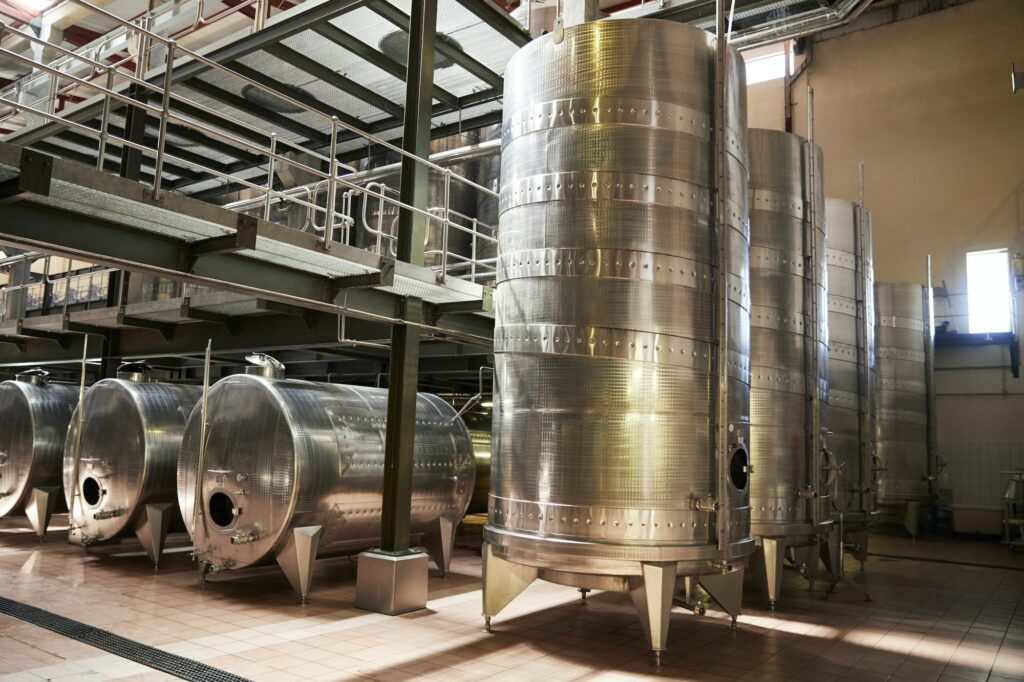France has long been renowned for their exquisite winemaking. Home to some of the world’s most celebrated wine regions, such as Bordeaux and Burgundy, plus Loire Valley and Rhone Valley, France continues to innovate in order to stay competitive in today’s climate change-induced increases in temperatures, rainfall patterns, pest and disease outbreaks – forcing wineries to adjust in order to remain sustainable.
Climate Change Impact on Grape Growing
Climate change will certainly have an impact on grape growing operations, according to researchers.
Rising Temperatures
One of the major effects of climate change is an increase in temperatures. This trend can be observed across French wine regions, with average growing season temperatures rising by 2-3 degrees Celsius since 1980s. While warmer climates may be beneficial to some grape varieties such as Sauvignon Blanc, others such as Cabernet Sauvignon and Pinot Noir prefer cooler temperatures and may suffer due to heat stress. Furthermore, rising temperatures also cause issues with low acidity which could interfere with fermentation processes.
Shifts in Rainfall Patterns
Climate change has also had an effect on rainfall patterns. Recently, parts of France such as the Loire Valley, Bordeaux and Burgundy have experienced heavier downpours during spring and summer months while Rhone and Languedoc-Roussillon regions experienced increased drought-like conditions. This shift can pose challenges for grape growers since too much or too little water can be detrimental to vineyards.
Increase in Pest and Disease Outbreaks
Rising temperatures can also result in an increase of pest and disease outbreaks, which could prove disastrous for vineyards. While warmer climates may benefit certain pests like molds and mildews, they also bring about fungal diseases like downy and powdery mildew. Furthermore, the longer growing season brings out insect populations like aphids and whiteflies which cause serious harm to grapevines.
Climate Change Causes Shifts in Winemaking Practices
Winemakers have seen changes due to climate change that has had an impact on their practices.
Different Varieties Used
France is now turning to a variety of grape varieties for winemaking due to the changing temperatures. In the past, Cabernet Sauvignon, Merlot and other red grapes were popular in Bordeaux and Rhone while Chardonnay and Sauvignon Blanc were more common in Burgundy, Loire Valley and other regions. Nowadays however, more winemakers are turning their attention towards non-traditional grapes like Cabernet Franc or Pinot Noir instead – even non-traditional varieties like Viognier and Aligote for their wines.
Change in Harvest Dates
The change in temperatures has brought about a shift in harvest dates across France. Traditionally, grape harvest took place later in the season due to warmer temperatures causing grapes to ripen faster. As such, wines produced there tend to be fruitier and less tart than before.
New Winemaking Techniques
Winemakers are adapting their techniques to accommodate climate change. In some cases, they’re using technology like reverse osmosis to reduce alcohol content in their wines; alternatively, they’re experimenting with various oak aging methods to achieve distinct flavors and aromas. Furthermore, winemakers are exploring new grape varieties and blends in order to craft unique wines that showcase climate changes.
Longer-term consequences
Change in Wine Flavor and Quality
However, higher temperatures and increased CO2 levels have had an adverse effect on French wine quality and flavor. For instance, white Burgundy wines have become more acidic and tannic while red Rhone Valley reds become jammy and high in alcohol – leading to a decrease in complexity and age-worthiness of these regions’ wines.
Cost of Production and Consumer Prices
Climate change has had a direct effect on production costs and consumer prices. Warmer temperatures and increased CO2 levels have made some vineyards less productive, leading to higher grape prices that are then passed onto consumers through higher wine costs.
Adjustment of Agriculture Practices
The industry is responding to climate change by altering its agricultural practices. Vineyards are increasing canopy management efforts, while others are experimenting with different grape varieties – for instance, France is trying Cabernet Franc instead of Cabernet Sauvignon in Bordeaux and the Loire Valley is using Pinot Noir in place of Sauvignon Blanc.
Climate change has forced the wine industry in France and other parts of the world to adapt. Different grape varieties are being used, harvest dates have been changed, and new winemaking techniques employed as a result. This has implications for flavor and quality of wines produced as well as cost of production and consumer prices. With climate change continuing to be an issue, wine producers must continue adapting in order to remain competitive.
In your interested in preserving nature, you might be interested by natural wine !

